

Hidden beneath the surface is the ship's hull, an important element in ensuring that a ship functions efficiently. Material failure, corrosion, and unidentified structural defects can lead to disaster, making frequent ship hull inspections important. The traditional method of inspection, using human divers, is time-consuming and expensive and puts the divers at risk. The underwater inspection service provided by Engineers with Drones helps you assess a ship's hull and spot structural failure using non-destructive underwater drones, faster and safer.
As licensed engineers, we also provide the expertise, understanding, and knowledge necessary to carry out a thorough inspection, with deliverables to match. Our skilled engineers are at the ready.
The Irish Aviation Authority has awarded Engineers with Drones full approval in accordance with the most recent European-wide EASA regulations.
To ensure that you always get the best possible service and cutting-edge deliverables, we purchase the most up-to-date drone technology as soon as it's available.
The operation of Engineers With Drones is governed by a comprehensive HSSE system. Our guiding principles are to reduce risk through rigorous assessment, and to maintain a high level of staff education and training.
We have 6.5 million in public and product liability insurance, and 13 million in employers' liability insurance. Engineers with Drones are fully insured to fly wherever you need.
As we're situated in Ireland, we can respond to your needs quickly, with zero travel complications.
As seasoned engineers in the field, we are aware of the trouble that shoddy reports and deliverables can create. For this reason, we provide you with exactly what you require.
Thanks to our fast turnaround times, your entire project can be completed in a fraction of the time of traditional methods, without any compromise in the quality of your deliverables.
In addition to quadrupling the resolution of an HD camera, 4K also gives you quicker frame rates, incredible contrast variations, and expanded colours. VR video takes the level of immersion and clarity to the next level.
Drones capture high-quality, impartial information that gives you an exact assessment of the status and needs of your asset.
Downtime is expensive and inconvenient. Using a drone, our engineers can conduct a thorough survey with little to no downtime.
The safety of your personnel and our own is paramount, and we place it at the forefront of our company culture. Ask us about our HSSE systems and practices.
We use cutting-edge technologies to detect problems that would otherwise be invisible. These include ultra-HD photography/video, LIDAR and thermal imaging.
Drones aren't just for flying up in the sky. Our specialist drones can fly into confined spaces like chimneys and boilers to look for issues that would otherwise be inaccessible.
We understand that you need answers fast. We can deliver a plain-English report with clear-cut conclusions in days. Then, you can take the steps you need to and get back to doing what you do best.
Drone technology is cheaper, safer and more reliable than traditional methods such as scaffolding, cherry-pickers and ropes. It's also quicker and less labour-intensive. We will bring everything we need and be out of your way that same day.
Sometimes the brief can change even in real-time. If need be, you can be stood there right next to the drone operator, directing them as the situation develops.
The hull paint is an important protective element in helping ships deal with changing water temperatures, currents, biofouling and sea environments. If your ship's hull is not properly protected, these changing conditions can cause structural damage.
Our ship hull inspection service helps our clients track the status of their vessel's hull. The build-up of plants, algae and other sea organisms (also called biofouling) can hinder your ship's performance. Even ships treated with antifouling paint need regular inspection to ensure no areas have been compromised and that the paint is holding up. The advantage of ship hull inspections using drones is that you can compare, track and inspect points of interest up close, allowing you to determine when to recoat the paint.

Traditional inspection methods require the use of multiple divers. One of the divers will take up the role of "main diver" and the others will be in supporting roles. During an inspection, they may need to switch roles depending on the circumstances. Divers have to take breaks. This can slow down the process. Many divers can be replaced by one submersible drone.
Underwater drones eliminate the need for human divers, minimizing the risks associated with underwater ship hull inspections. The port is a busy place with a lot of traffic from other vessels, causing a huge risk of ships colliding with a diver. Anchoring ships a mile from the port to mitigate this risk exposes the divers to the dangers of strong currents and being carried deeper into the ocean. Our underwater drones can navigate these strong currents safely. The rapid pressurization and depressurization caused by diving to 12 meters and deeper also take their toll on divers, often causing decompression sickness (also known as the bends). Our drone can go up and down all day.
Our High-Definition cameras and thermal imagery, allow us to compile highly detailed, actionable data that is invisible to the naked eye. This saves further time in the repair or replacement of ship components. Tradespeople and other personnel on-site can be directed to areas of concern with pinpoint accuracy and with all the information they need. These reports can also be shared digitally with anyone else that may need to examine them. For example, with stakeholders and insurance companies.
We take emails, phone calls, messages, everything! If you are unsure of what's possible we are happy to advise, the most important thing is to get in touch. We'll be happy to answer any questions you may have.
With drones, it's best to begin where you want to end up. What sort of deliverable would you like when it's all finished? If you are not sure then we can advise. We can look at what you would like and work backwards from there.
Once we have agreed on what is to be done, the scope of work is set and a price is agreed upon. We feel it is vital that everyone knows what they are getting and what they are paying for it. There should be no confusion.
Once we have confirmation you are happy to proceed, we start the ball rolling. We organise things like RAMS, site permits, Air Traffic Control clearance and much more. Basically, we generate everything needed to turn up on-site with all our ducks in a row.
Next, we do the work on site. We have the gear, we have the know-how, so now it's time to get the job done. This can sometimes be affected by the weather, but for the most part, we get the job done on the date specified.
This is where we take what we generated in the field and turn it into a final deliverable for you. This can be anything from the raw data itself, to fully processed Orthophotos, condition reports, CAD line work or thermal imagery.
The final step is the handover of the deliverables. We tend to use a cloud-based service, so you can access your data anywhere. We can also tie into your existing systems if that is more convenient.
Our drones (and our people) can offer a lot more than just HD images. Our team all come from specialist engineering backgrounds, and they use all the very latest drone technologies and capabilities to deliver expert analysis on all types of commercial, civil and industrial assets. If you need an engineer's expertise, next-generation drone technology and industry-leading deliverables, then you've come to the right place.
Capture high-quality imagery of your assets from never before seen vantage points.
Find out moreDetect abnormalities within your assets that are otherwise invisible to the naked eye.
Find out moreCapture a high-resolution, photorealistic 3D model of your terrain, accurate to the finest details.
Find out moreMitigate the risk factors of traditional confined space inspections, without compromising on quality.
Find out moreWe purchase the latest drones as they come on the market to ensure you are getting the highest quality service from us at all times. Here is a quick look at what we would be most likely to use for a typical drone ship inspection.

The M300 RTK by DJI is the premier enterprise-level inspection drone on the market. With a flight time of up to 55 minutes, lots of built-in redundancy, and a host of payloads to choose from, this is our go-to UAV for inspection work. When coupled with the Zenmuse H20T camera, it is capable of safely inspecting high-value assets at a stand-off range.

The confined space master: The Stereo 2 by Multinnov is the cutting-edge in confined space and indoor inspection drone technology. Eliminating the need to send personnel into hazardous locations, the Multinnov Stereo 2 can be deployed at a fraction of the cost, and with zero downtime. This is a drone designed from the ground up to get into restrictive and hard-to-reach places.

Powerful yet attentive. The Mavic 3 Enterprise is the perfect discrete mapping and inspection drone. This is our go-to aircraft for missions where flying large drones would either be illegal or cause a disturbance. This powerful little drone gets the job done without showing off.

Small yet powerful. This tiny drone is our go-to drone for anything where we may be close to uninvolved people. The combination of its small size and powerful 48mp camera make it the ideal drone for urban and built-up areas where ground risk is a key consideration.

This underwater UAV is our industrial AI underwater robot, engineered for high-precision measurements, inspections, and surveys in complex marine environments. With advanced sensors and sonars, it ensures our projects with accuracy and reliability beyond standards.

With this high-end Class 0 light-weight drone, we're able to reliably shoot in almost any condition and location, utilising its smaller size and spot-on obstacle avoidance to gather deliverables from more densely populated areas in the safest way possible.
Read more...
Read more...
Read more...
Read more...
Read more...
Read more...
Read more...








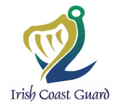










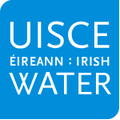

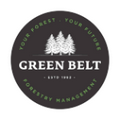





















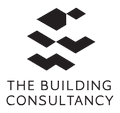































































































































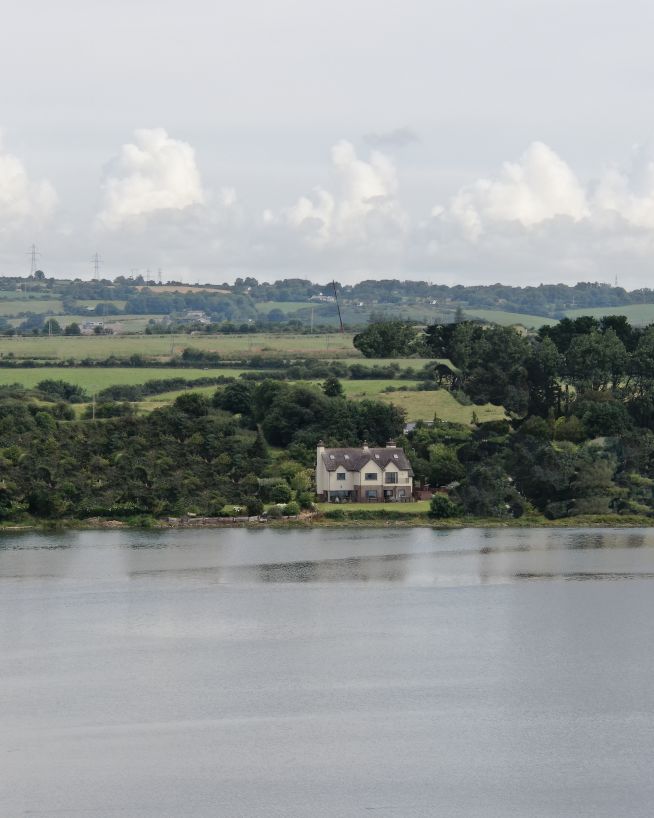
Add "Wow Factor" to residential and commercial property listings
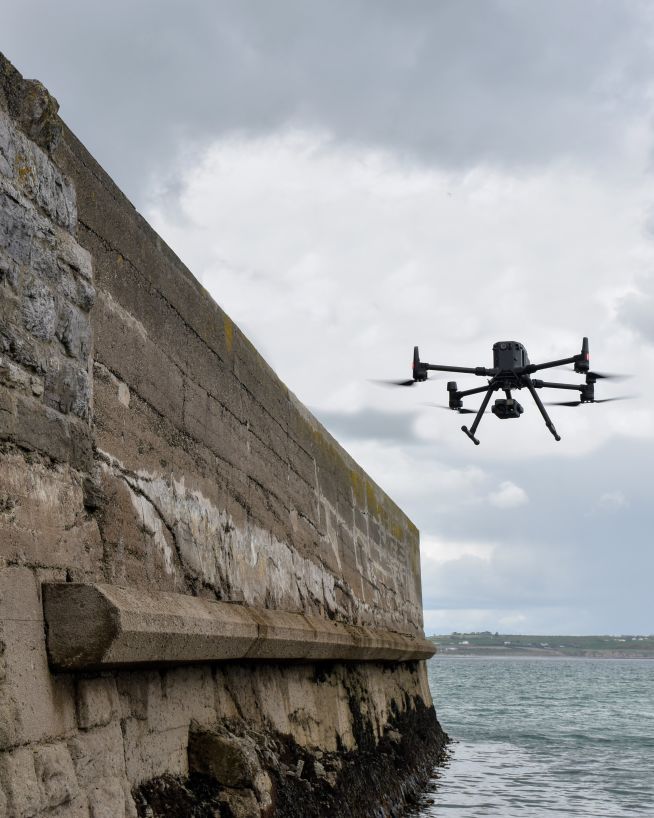
Monitor coastal assets safely and with more precision
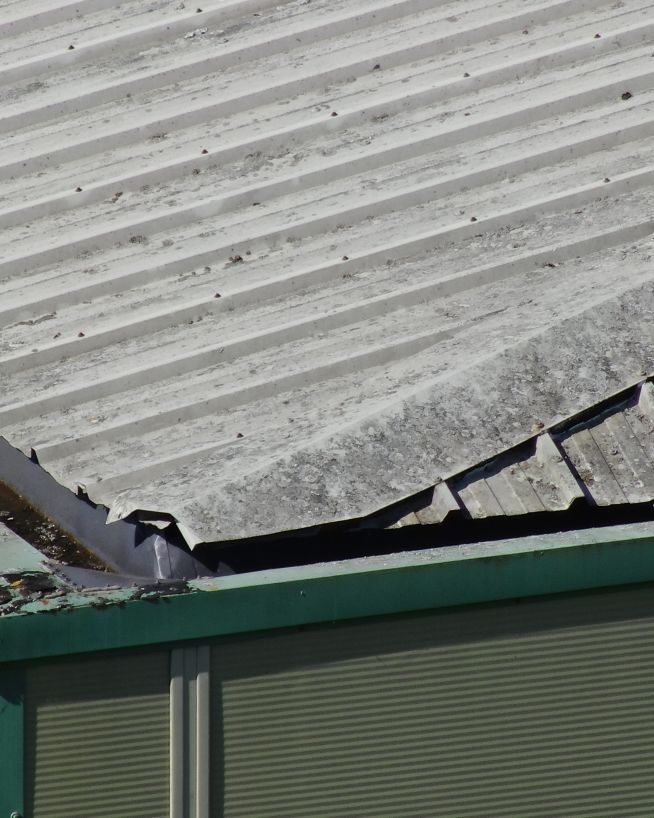
Clearer, faster results without the risks
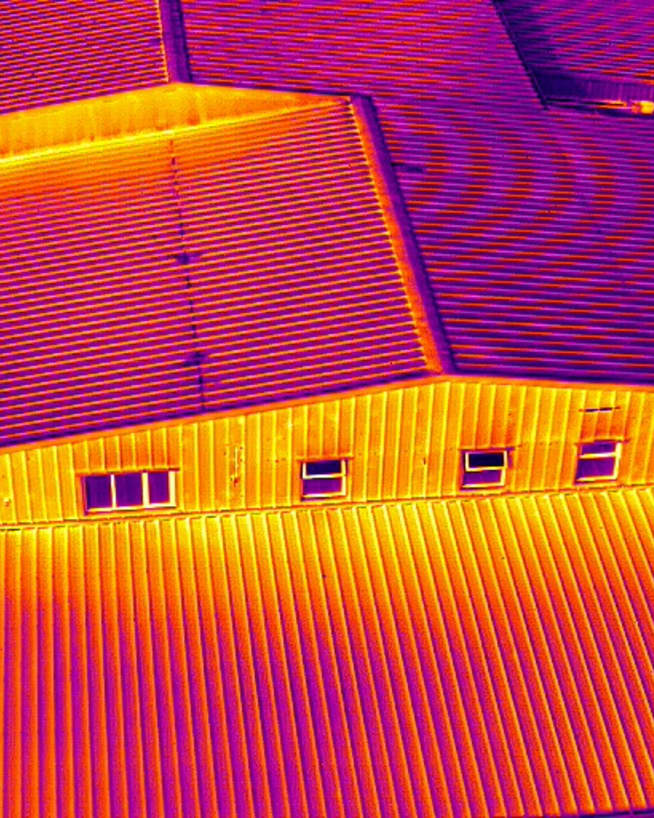
Record and document reliable visuals without safety concerns
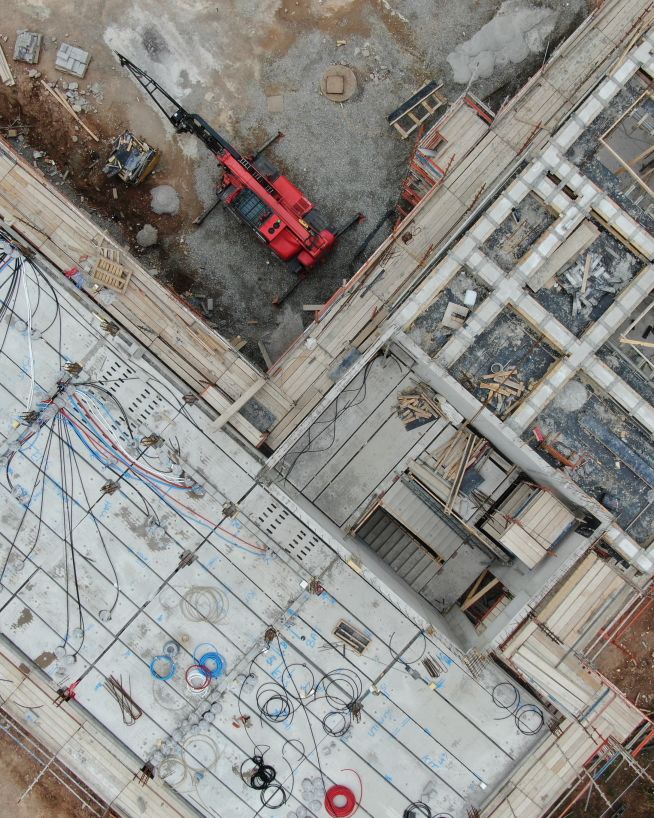
Instant, actionable data with no downtime
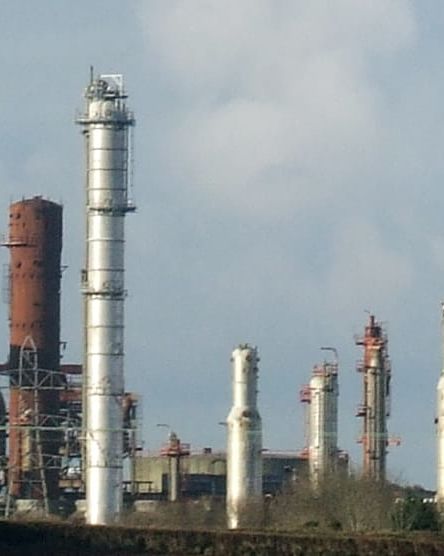
Actionable data from a safe distance, with less downtime
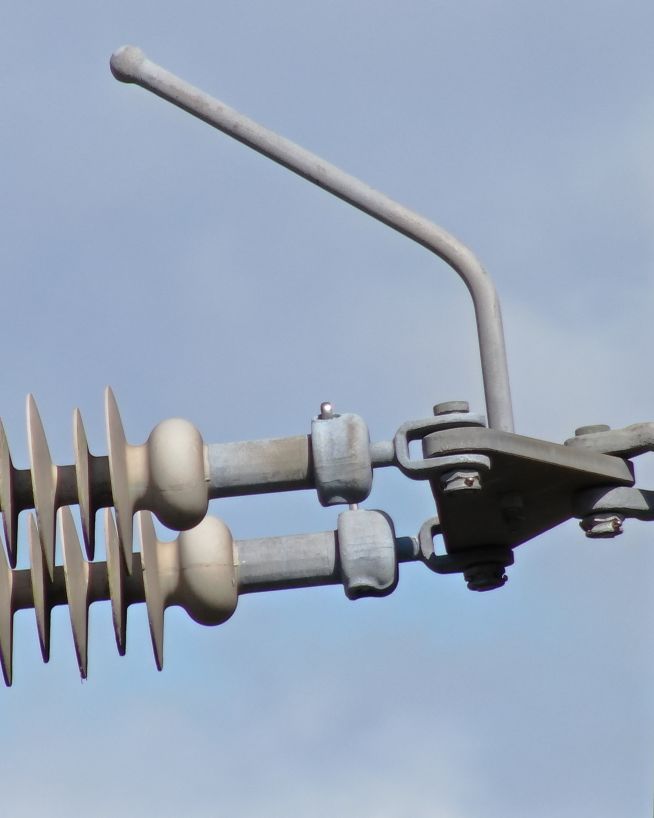
Instantly usable data via a safer and more cost-effective process
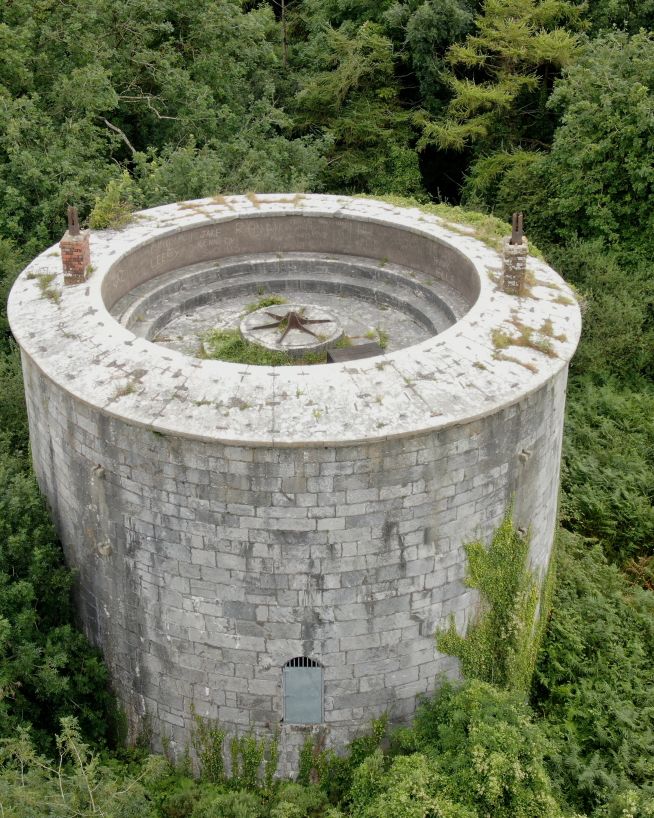
Analyse historical buildings without risk to people or property
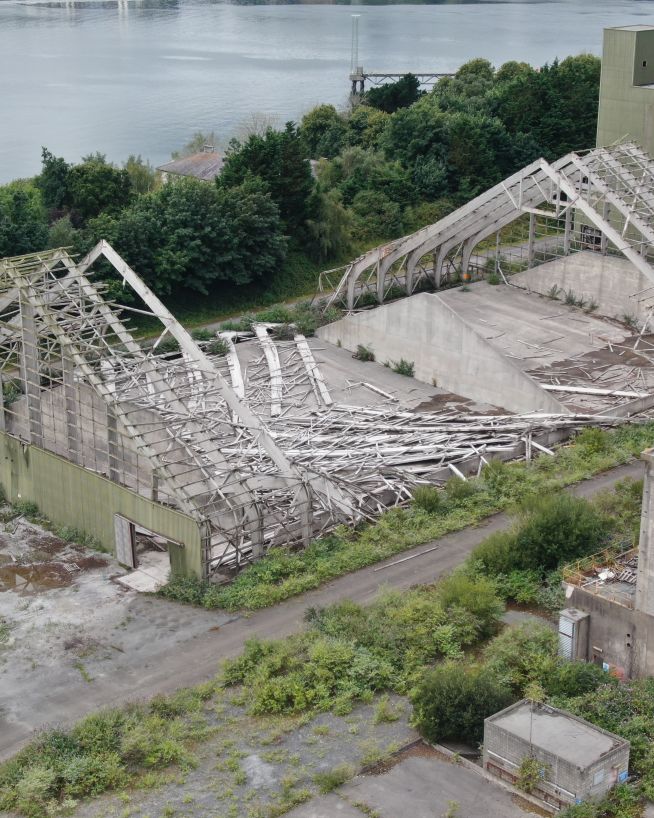
Assess damage quickly and with pinpoint accuracy
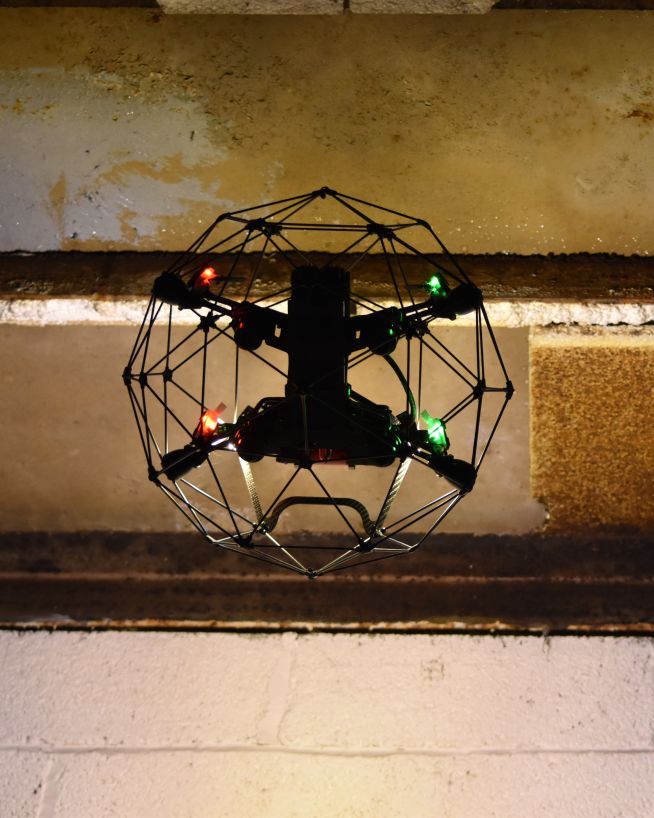
Eliminate safety concerns, save costs and reduce downtime
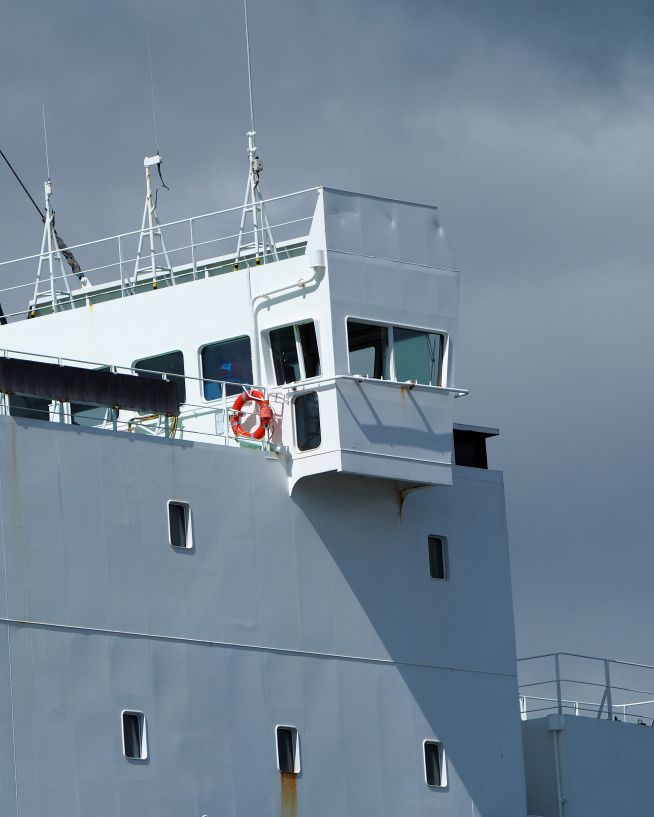
Safe, precise and instant reports on vessels and infrastructure
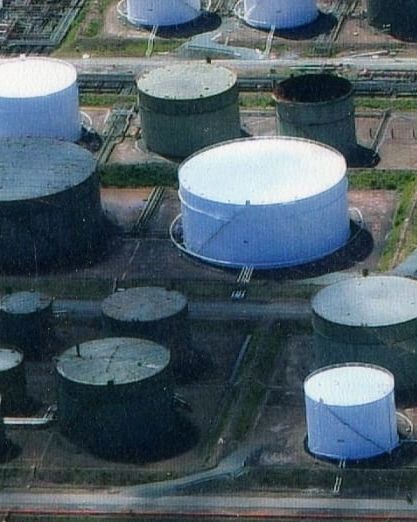
Safer and more cost-efficient flare (oil and gas) inspections
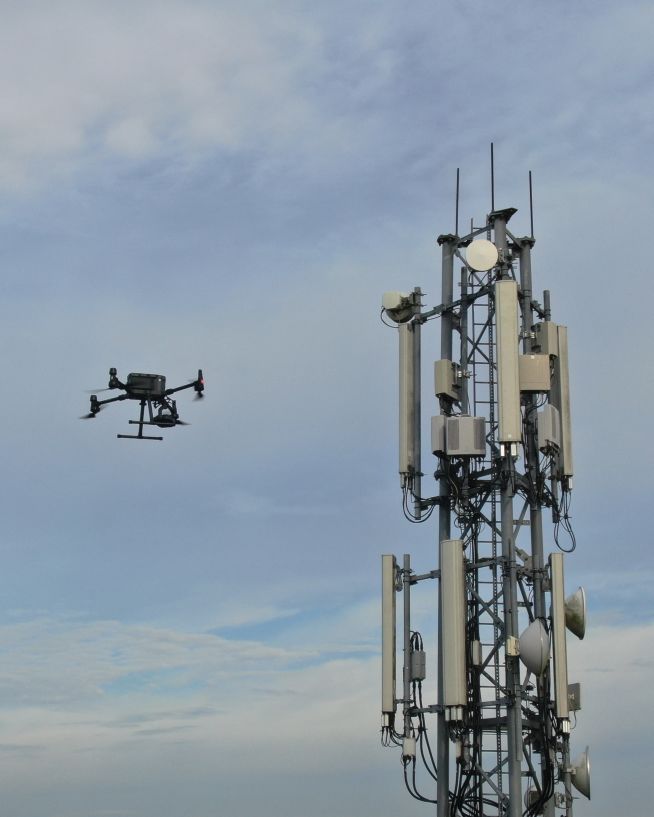
Reduced risk, damage to towers and delays
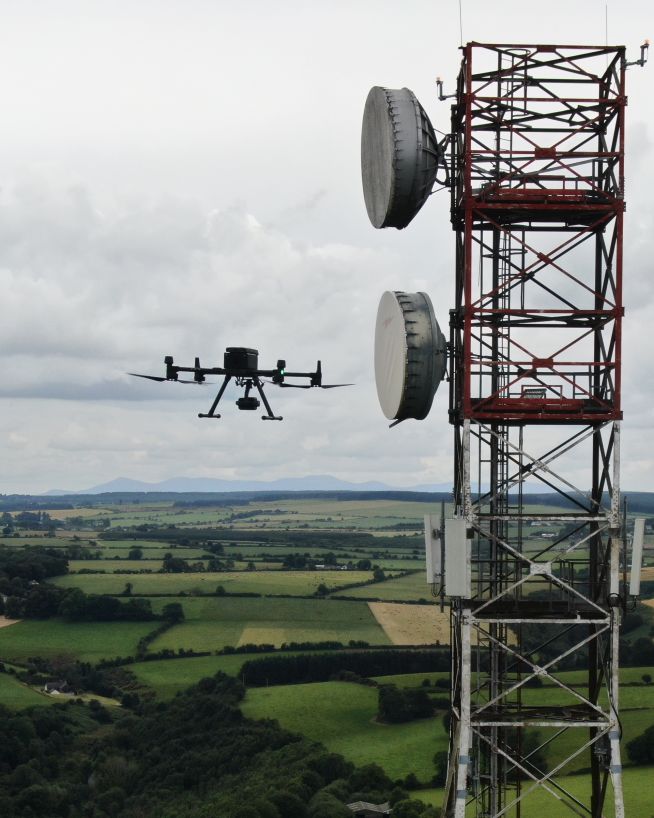
Instantly view complex structures, keeping risks to a minimum
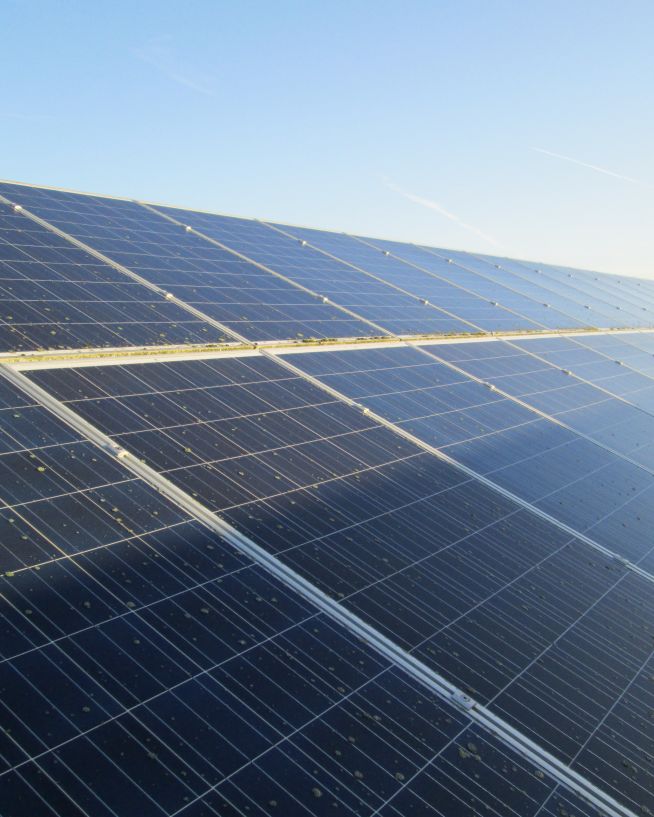
Get actionable data on quality and operational health
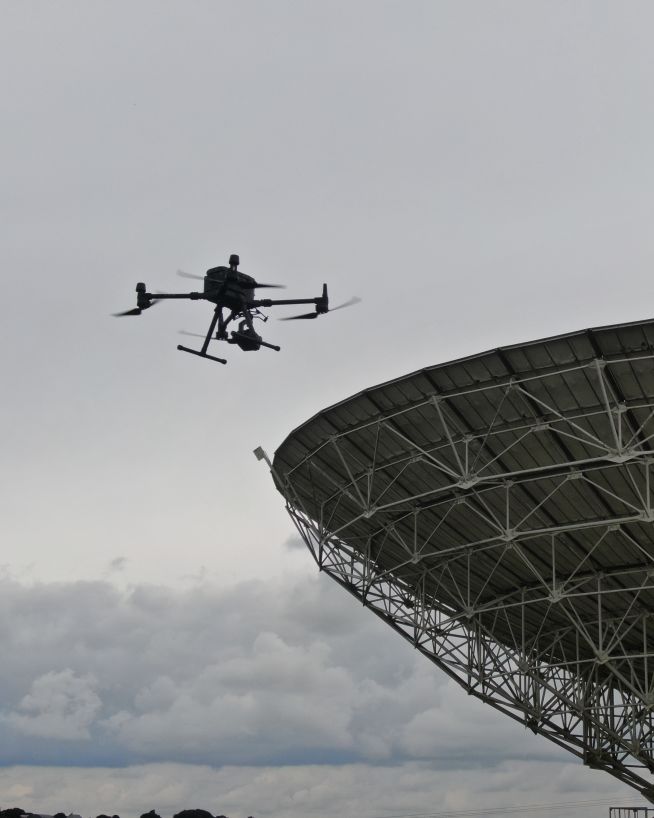
Get critical data on cell and telecommunication infrastructure

Safer, more precise data collection at a fraction of the cost
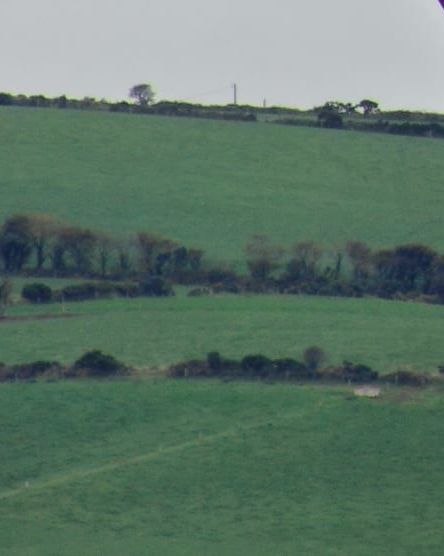
Critical, pinpoint details with none of the risk
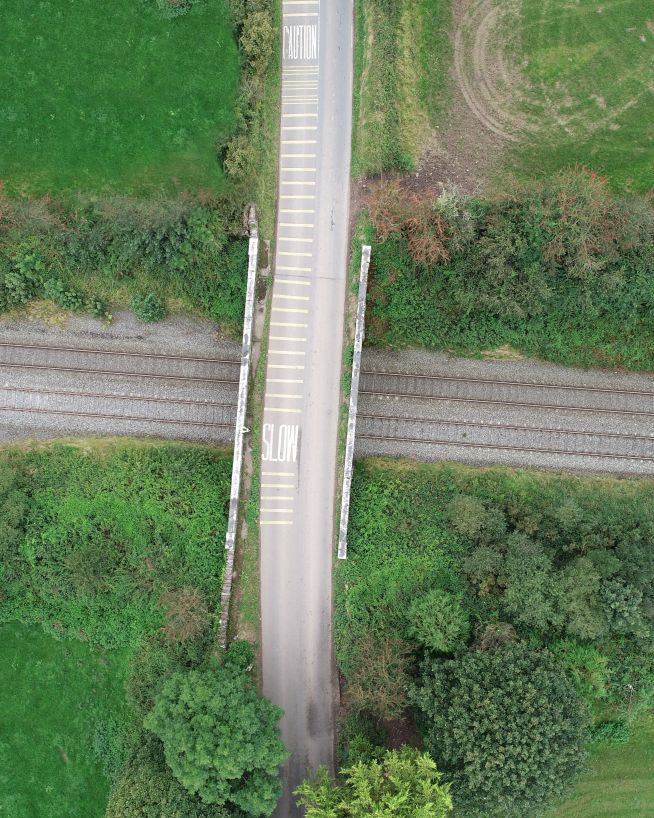
Eliminates downtime and safety concerns, at a fraction of the cost
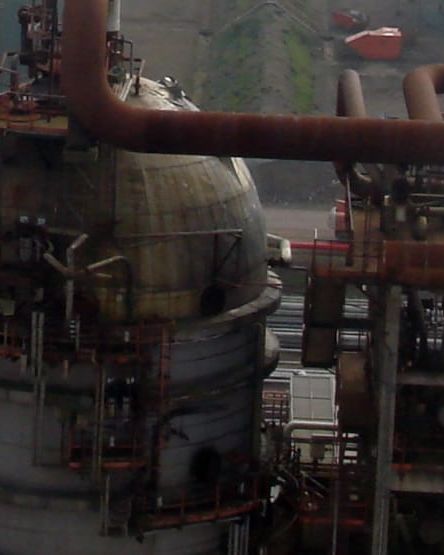
Fast, actionable data without the risks of traditional inspections
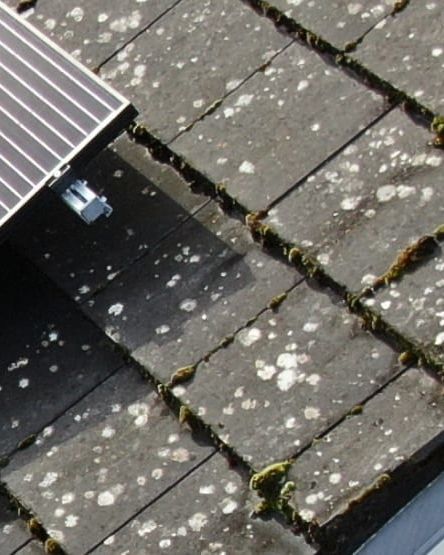
Ensure solar panel efficiency from precise data collection
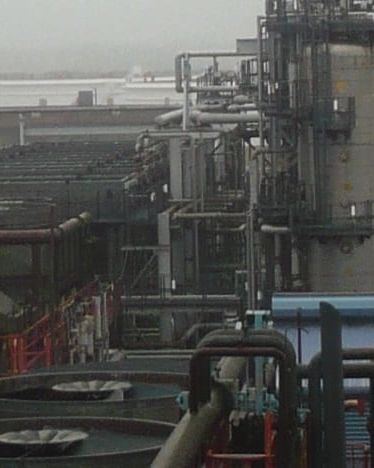
Keep production running while collecting instant critical data
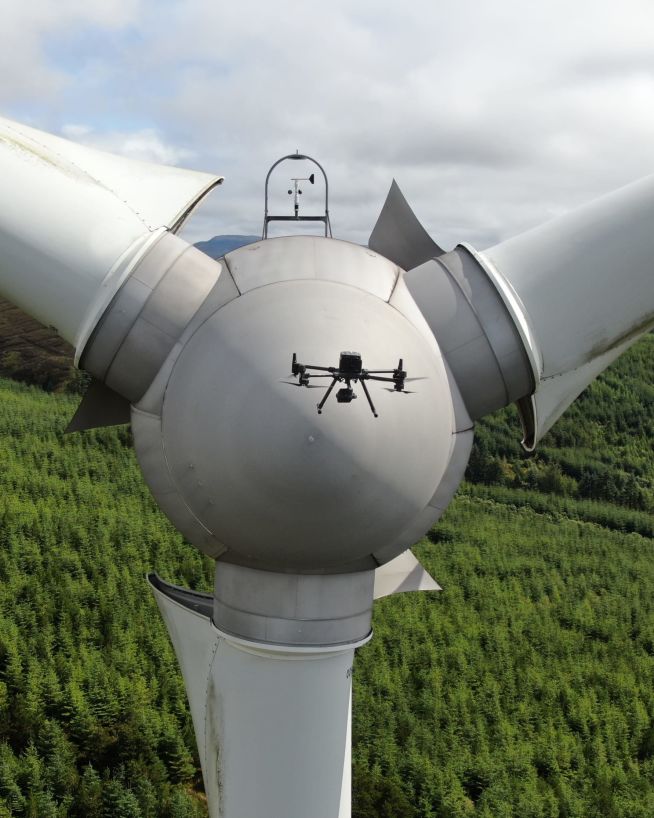
Inspect and maintain energy assets without risk or downtime
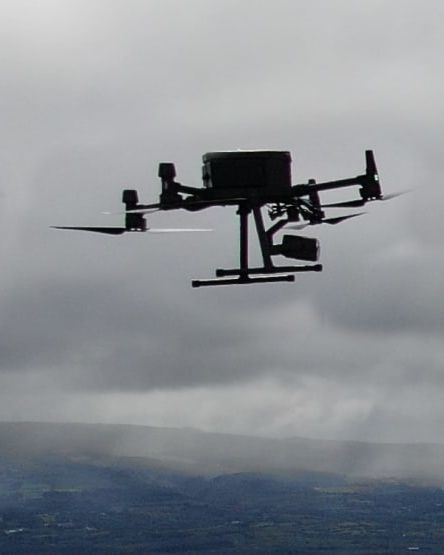
A more cost- and time-effective way to receive critical data
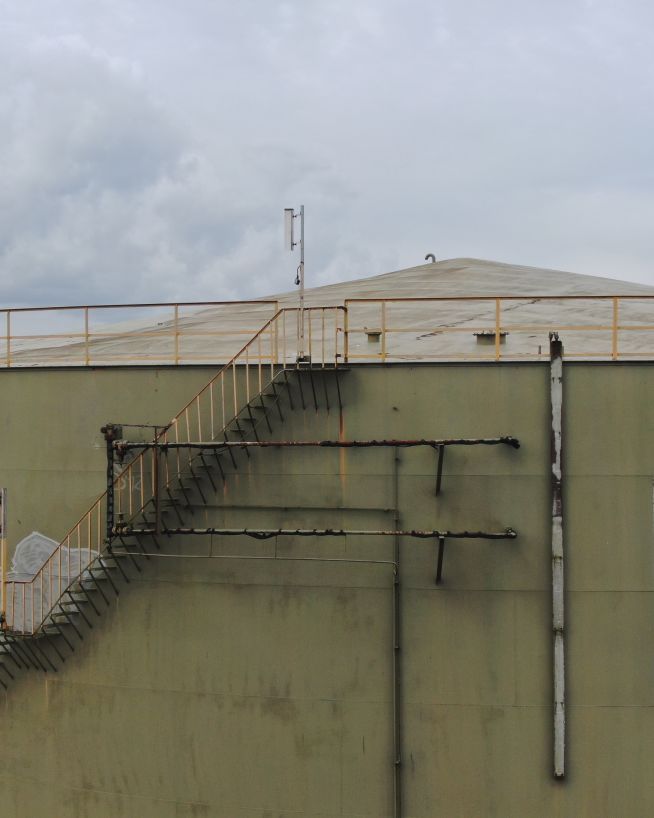
Get fast, usable data from a safe distance
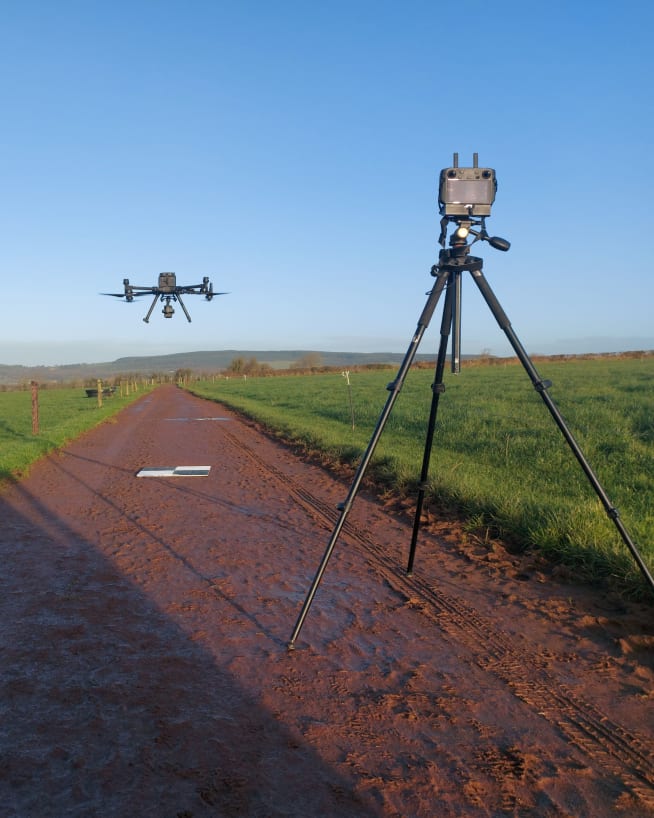
Accurate and efficient analysis of crops and land
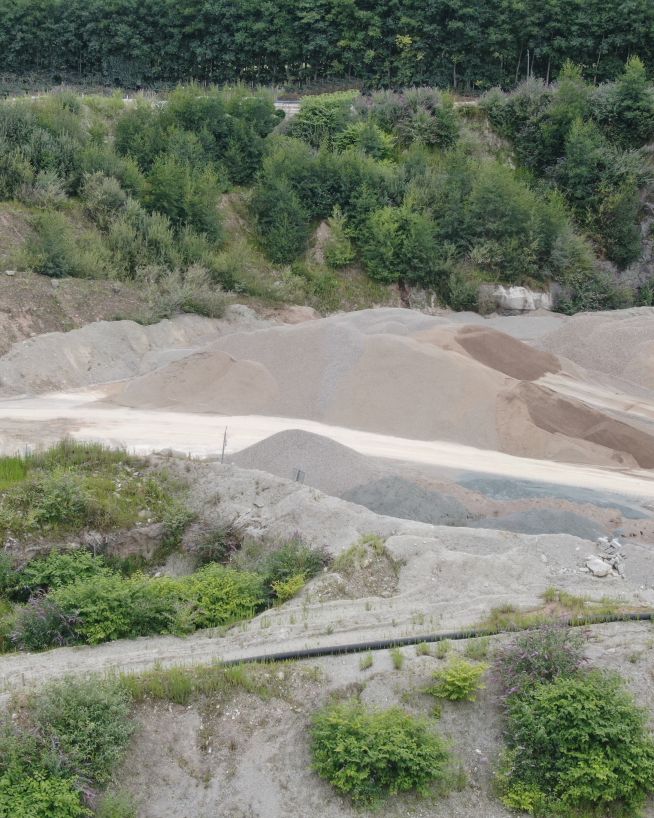
Monitor status and progress without downtime

Accurate, safe and instantly actionable data collection
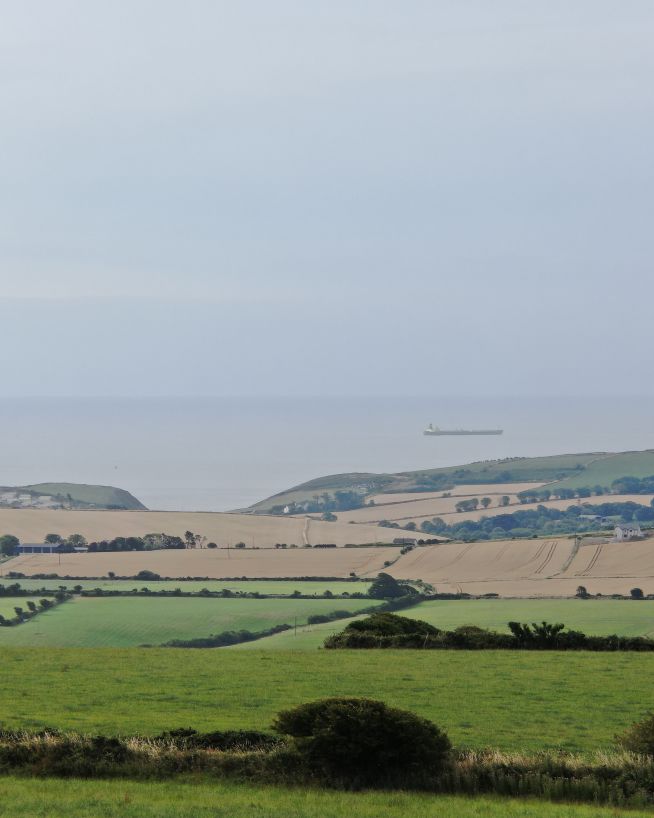
Faster, cheaper and more accurate analysis of land

Endless perspectives, without manned aircrafts or structures
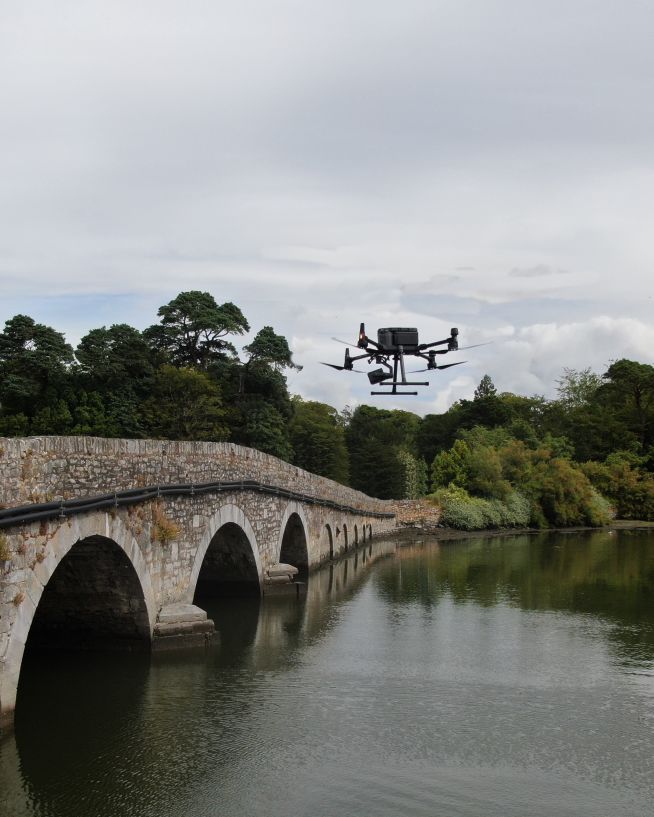
Safer, more cost-efficient, with less downtime
Lidar drone mapping is the use of drones equipped with Light Detection and Ranging (Lidar) technology to create high-resolution 3D maps of terrain, buildings, and other objects. The drone emits laser beams that bounce off objects and return to the drone's sensors, creating a detailed point cloud of the object or terrain. The resulting data can be used in a variety of applications, including urban planning, construction, and environmental monitoring. Lidar drone mapping is faster and more accurate than traditional surveying methods and can cover a larger area with greater detail in less time, making it an increasingly popular tool for mapping and surveying professionals. More about LIDAR...
Drone-based thermal imaging is a technology that utilizes unmanned aerial vehicles (UAVs) equipped with thermal cameras to capture high-resolution thermal images of various objects or areas. This technology allows for the detection and measurement of temperature variations in a scene, enabling the identification of heat signatures of objects and their surroundings.
Drone-based thermal imaging can be used in a variety of applications, including search and rescue operations, inspection of power lines, pipelines, and other infrastructure, monitoring of wildlife, and identifying energy inefficiencies in buildings. The technology can detect temperature differences as small as 0.1°C, making it a valuable tool for detecting hotspots and identifying potential hazards.
In operation, the drone is flown over the area of interest, capturing thermal images of the scene. The images are then processed using specialized software that converts the temperature data into visible images that can be analyzed and interpreted. The resulting images can show temperature variations in a range of colors, with red and yellow indicating hot spots, and blue and green indicating cooler areas.
Overall, drone-based thermal imaging is a powerful technology that provides accurate, non-invasive, and efficient data for various applications. Its ability to provide high-resolution thermal imagery from a safe distance makes it a valuable tool for numerous industries and professionals. More about thermal imaging...
UHD or Ultra High Definition signifies that a camera's resolution is 3840x2160 pixels. This is exactly four time higher than high definition cameras (1920x1080 pixels), and so UHD is often also know as 4K. More about drone photography...